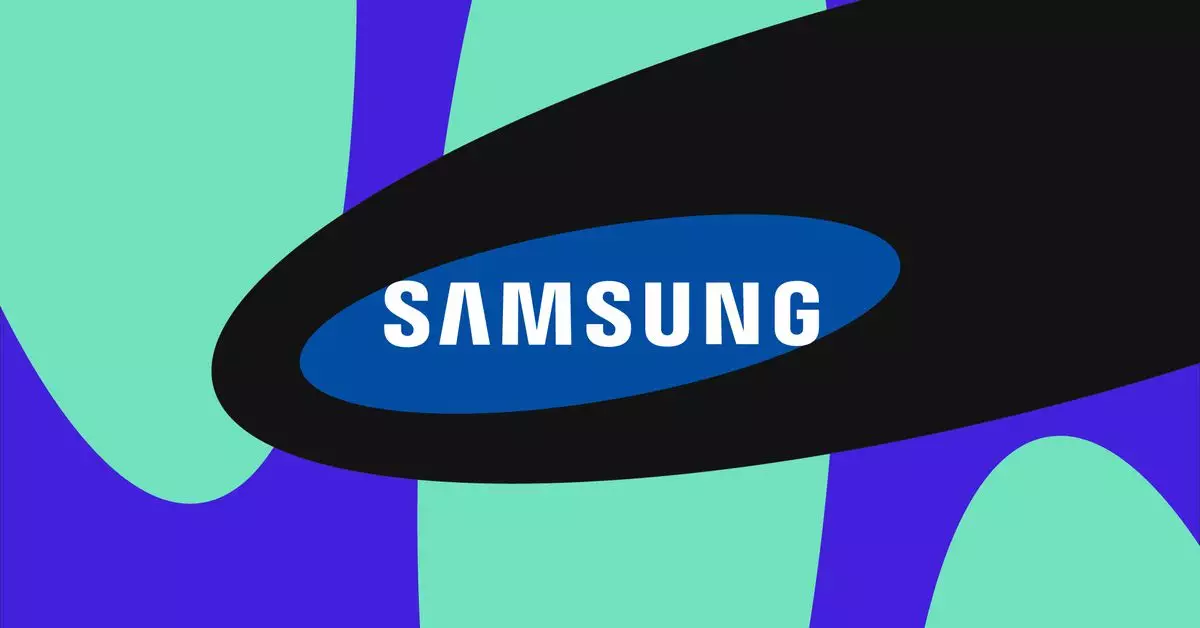As augmented reality (AR) technology continues to evolve, key players in the tech industry are teaming up to compete in this burgeoning market. Recently, Samsung and Google have announced their collaboration to develop new AR glasses, signaling a largely anticipated shift in the industry. Tech enthusiasts are excited, yet many remain cautious, given the numerous setbacks and challenges that have historically plagued AR development. With this partnership, the two companies aim to build a product that not only meets the high expectations of consumers but also leverages their respective strengths in technology.
During a recent discussion with Bloomberg, Samsung’s TM Roh shared that while specifics are limited, their joint efforts with Google are gaining traction. Roh emphasized that the primary focus is ensuring that these glasses meet quality standards and user readiness before release. Interestingly, this approach mirrors the strategy taken by other leading tech firms that have introduced AR products primarily as prototypes rather than consumer-ready devices. This hint of caution may reflect lessons learned from the industry, particularly regarding larger-than-life AR aspirations that ultimately lost steam.
It’s essential to acknowledge the context of this development; the announcement comes on the heels of Meta’s unveiling of its own AR glasses, dubbed Orion. Although they won’t be available for consumer purchase, the demo was noteworthy, showcasing the potential of AR technologies. Samsung and Google might see this landscape as both a challenge and an opportunity to assert themselves.
Complicating matters further is the concurrent advancement of Project Moohan, a mixed reality headset running on Android XR. Announced by Google, this OS is tailored for headsets and smart glasses, indicating a synchronized effort between both companies to unify their tech ecosystems. The blend of augmented and virtual reality in devices like the mixed-reality headset could redefine user experiences by merging digital content with the physical world in innovative ways.
From early demonstrations, it appears that the mixed reality headset combines features from existing platforms, like the Meta Quest 3 and Apple’s Vision Pro. With functionalities that allow users to interact seamlessly with applications and immersive media experiences, developers are keen on exploring what this means for future consumer interactions. Users can expect an experience that not only enhances productivity but also provides entertainment in a way that feels intuitive and engaging.
At Samsung’s Unpacked event, the company didn’t just focus on AR developments; it also teased the upcoming Galaxy S25 smartphone lineup. Including models such as the Galaxy S25, S25 Plus, and S25 Ultra, Samsung appears to be strategizing with the bigger picture in mind—integrating its mobile devices with next-gen AR technology. As more functionality moves towards wearable devices, consumers may soon experience a seamless transition between their smartphones and AR glasses, enhancing the overall user experience.
While the journey towards consumer-ready AR glasses from Samsung and Google is still in its infancy, the stakes are high. As expectations mount, the collaboration could indeed carve a new path in the tech landscape. However, whether they can successfully navigate the complexities of development and competition remains to be seen. The coming months will be crucial, as tech enthusiasts eagerly await any updates on this transformative partnership.


Leave a Reply